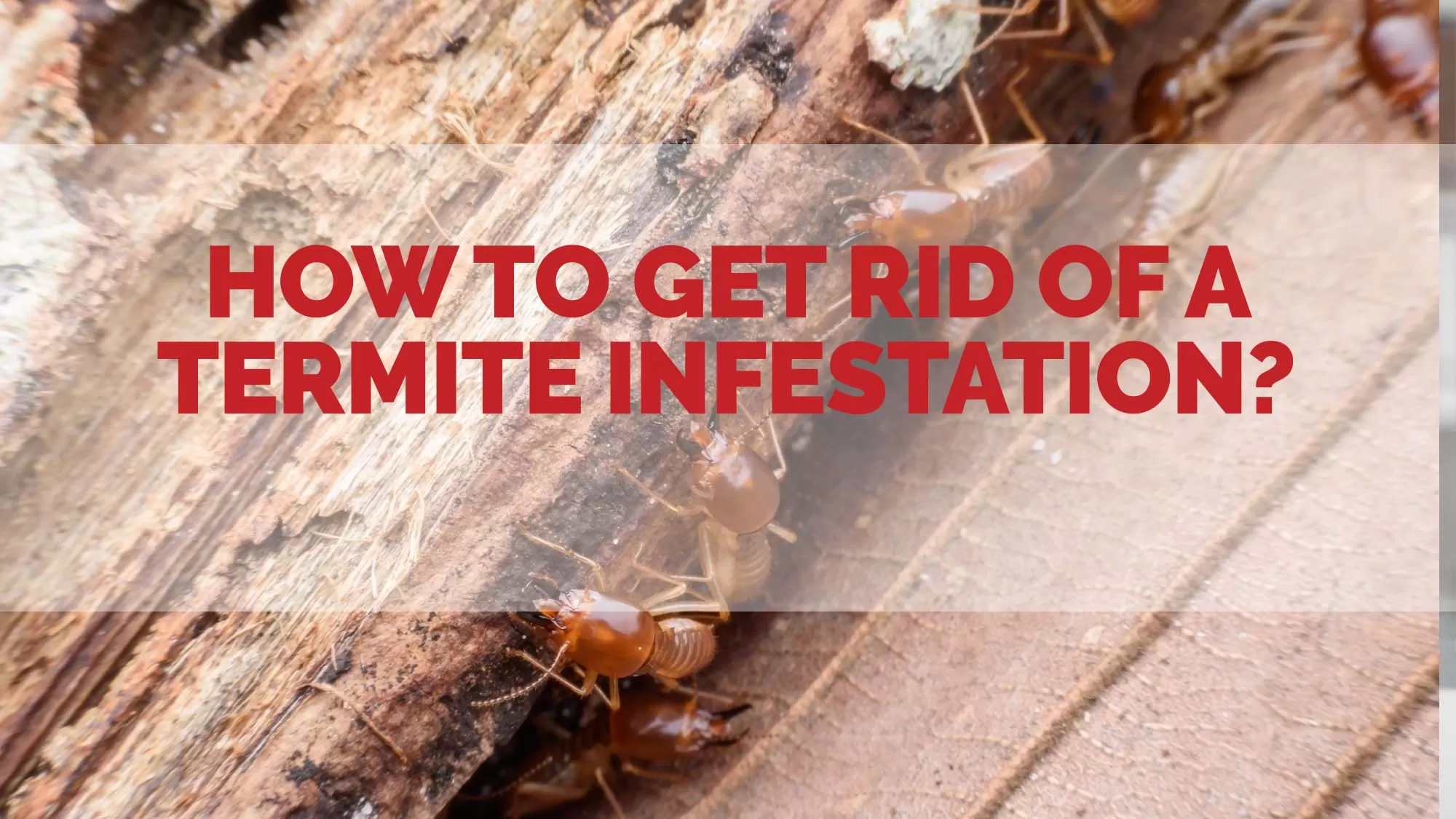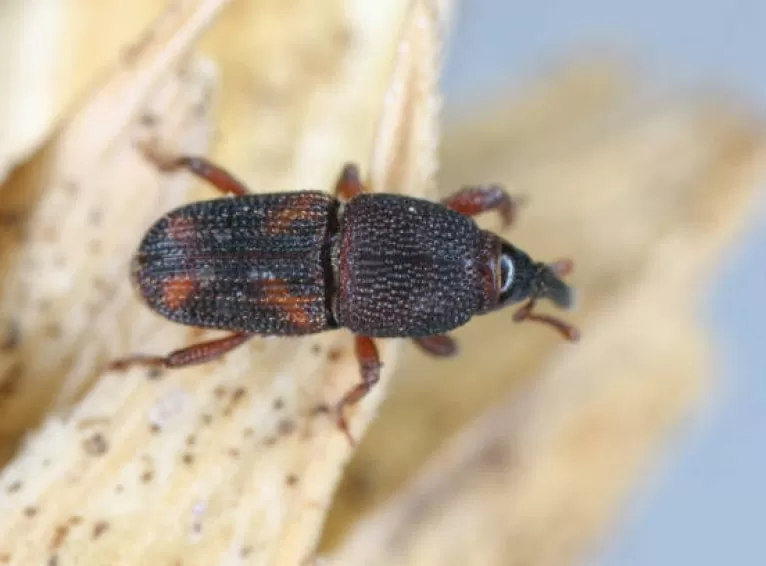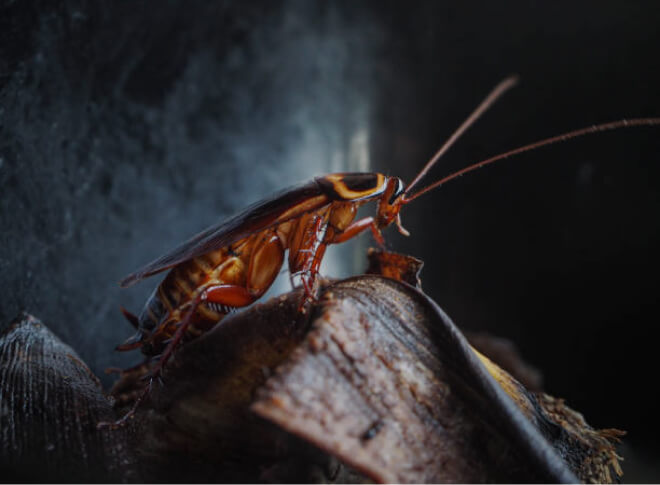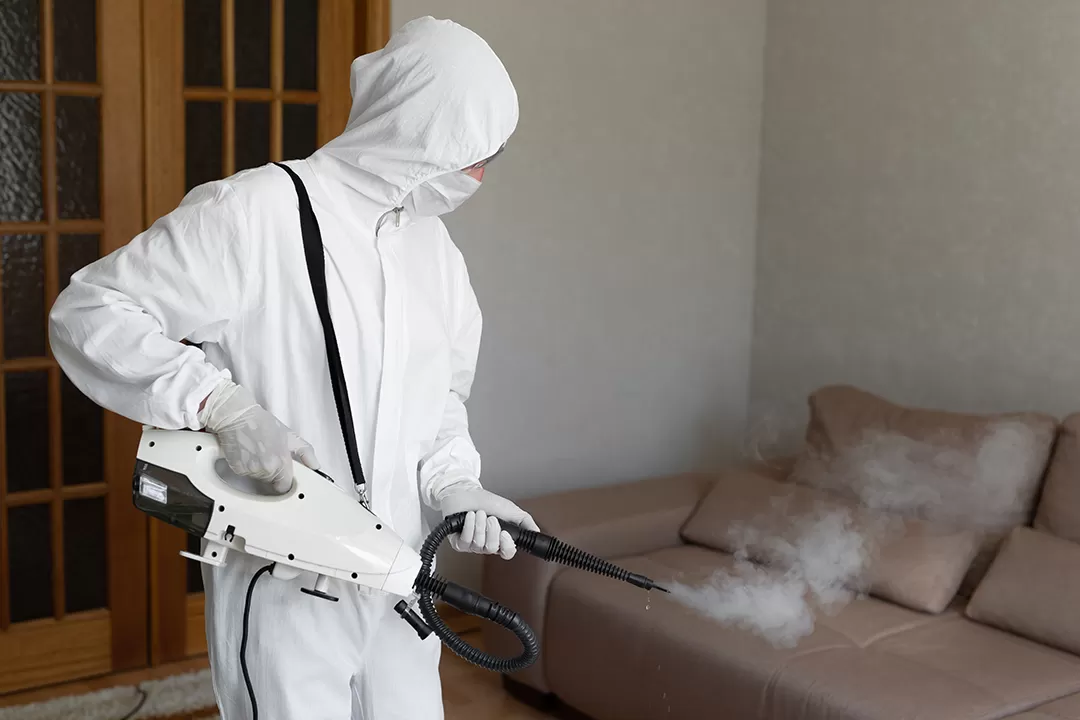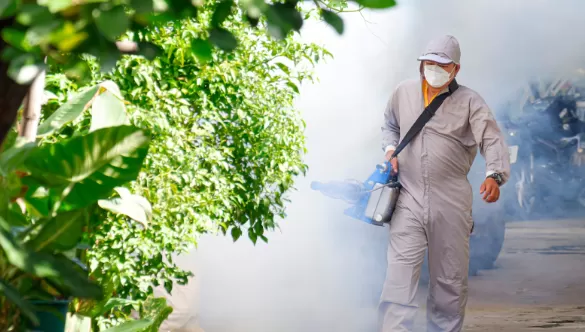It’s difficult to believe that something so small can cause so much havoc and damage, yet termites exist. Don’t panic if you are struggling or dealing with a termite infestation. While termites are serious, they are not invincible; you can get rid of them quickly.
Termites can cause significant and lasting damage. These insects colonize within the house, feeding on and destroying the wooden interiors. If not addressed properly and adequately, these pests can cause extensive and often permanent damage to a home structurally.
Termites are often confused with ants. This is because both of them have similar sizes, shapes, and body structures. But there are a few key differences between the two, like:
- Ants have pronounced pinched waists, while termites have the same width throughout the length of their bodies.
- Termites have straight antennae, and ants have bent, elbow-shaped ones.
Homeowners can tackle these termites by using DIY methods where the infestation is small but in instances where the infestation is significant, hiring an exterminator is the best option.
Signs that Prove You Have a Termite Infestation
Before discussing how to find out about a termite infestation, let’s have a clear sense of termite types.
Common Types of Termites in Singapore
There are three types of termites:
- Subterranean: these termites belong to the family of Rhinotermitidae. This species live in the soil and builds enormous nests. Their nests are connected via mud tubes to food sources.
- Drywood: These termites belong to the family of Kalotermitidae. They live in the wood, such as dead trees, hardwood floors, or structural timbers. Colonies of drywood termites tend to be smaller than subterranean colonies. They generally cause damage slower than subterranean termites.
- Dampwood: These termites belong to Kalotermitidae and Hodotermitidae. These species live in wood with high moisture content. Therefore, these termites are rarely found in homes or other man-made structures.
How to Identify a Termite Infestation?
Now you know what types of termites are commonly found in Singapore. But how do you identify you have a termite infestation? If you notice any of the following, it’s a sign that you have termites on your premises:
- The most evident sign of termite activity is the presence of swarmers. Swarmers are usually one of the first signs of a termite. Swarmers are winged termites that emerge from nests in big groups.
- Discarded wings that are left behind are another visible sign of termite infestation.
- Blistering or hollow-sounding wood is also a sign of termite activity. Look out for holes in the wood. Termites usually consume wood inside and out.
- Mud tubes travel between the soil and a food source and are the most common sign of subterranean termites. Watch out for mud tubes formed on the house’s walls or furniture.
- Another sign of termite activity is headbanging or chewing noises. Soldier termites bang their heads against the wood and shake their bodies when colonies are disturbed to signal danger to other termites.
- Keep an eye out for sawdust and wood-coloured termite droppings, called Frass, around the furniture areas where cracks or chips appear.
Singapore’s weather is favourable for many varieties of pests to thrive. To know more about them and how to prevent them from being a nuisance in your house, read our article on How The Weather in Singapore Can Affect Pest Activities.
How to Eliminate Termites?
If you are willing to take on a termite infestation yourself, there are several methods you can practice, from traditional chemicals to organic options. You can also take professional help if the termite infestation is enormous.
Step 1: Identify the Type of Termite Infestation
The first step is to look for the signs. Examine holes in woodwork, sagging floors, and any hollow parts in wood. If the examined wood falls apart easily, this could signify termite activity. Also, determine what type of termite is infesting your house. The standard varieties of termites in Singapore are subterranean, dampwood, and drywood. Subterranean termites thrive in both soil and wood, while Dampwood termites thrive in wood with high moisture and Drywood termites live solely in wood.
Step 2: Eradication of Termites with Different Techniques
- Spray Boric Acid: Boric acid is found in most termite insecticides and is a reliable method of eradicating colonies of termites. It works by dehydrating and killing the termites. Spray it on termite infestation sites to get rid of these tiny pests.
- Make a DIY trap: You can make a do-it-yourself cardboard trap. This method requires two wet cardboard pieces and stacking them on one another. The cellulose present in cardboard will attract termites and trap them between the cardboard pieces. Then you can take the cardboard pieces outside and throw them or burn them. However, this method is not that beneficial as it may not kill all the termite colonies.
- Use Diatomaceous earth: Diatomaceous earth is a natural rock powder that dehydrates and kills termites when sprinkled on the infected area.
Step 3: Hire a Professional Pest Control Team
If the infestation in your house is not contained to just one part or area, it’s in your best interest to call in a professional exterminator to handle it. A professional pest control company that specialises in handling termites would use different methods to deal with different types of termites like:
- Subterranean Termites can be eradicated using termiticide barriers, termite baits, and beneficial nematodes. Termite baits and termiticide barriers are professional-level products set up in a perimeter around a house. After consuming these products, the termite will die and spread the poison to other termites in the colony. Beneficial Nematodes are natural parasites. They can be used as a method to poison and destroy a colony.
- Drywood Termites can be destroyed by termite spot treatment, which involves drilling holes into the wood, filling the gaps with termiticides, and sealing the holes. You can also use essential oils like neem oil and orange oil to eradicate termites. These oils inhibit termites’ ability to shed skin or lay eggs. Mix ten drops of essential oil like neem or orange oil with two cups of water and a little dish soap, and spray it onto the infected area.
Step 4: Set Up a Few Preventive Measures
You can purchase several preventive sprays and easily apply them to your furniture or wooden panels to prevent termite infestation in your house. Termites are difficult to deal with, especially in warmer weather. Regularly exposing the furnishings to sunlight can help to keep termites at bay. You can also use and apply many DIY solutions to prevent termites.
Conclusion
Termite infestations can be tricky to handle. The best method is to prevent an infestation from ever happening in the first place. You should regularly check and take steps to avoid these infestations. Water plays a crucial role in a termite infestation, so regulate the amount of moisture in your homes.
It’s essential to take action quickly in termite infestation because termites can cause a lot of damage if not taken care of in the early stages. Homeowners across the country spend billions on termite repair and control. One of the best ways to get rid of termites is by applying termite-killing products to your home’s exteriors. Contact a professional to get rid of termites if the infestation is massive and you can’t handle it alone. We can never compete with a trained individual’s knowledge, experience, and commercial-grade equipment and products.

